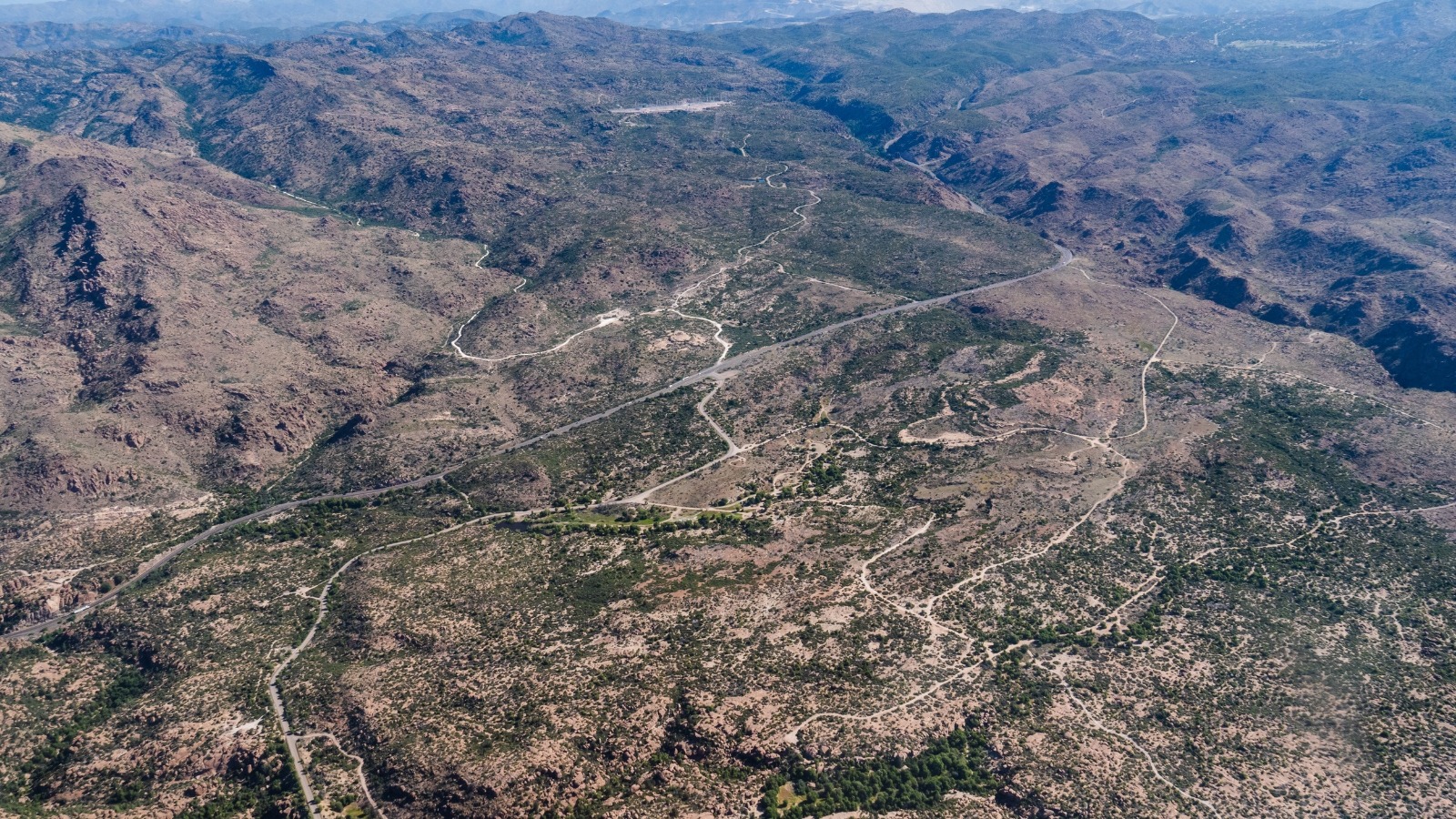Diversity, Vol. 17, Pages 307: Assessing Local Distribution of Alien Ponto-Caspian Mysids in Lithuanian Waters, the Baltic Sea Basin: Do Sampling Method and Time Matter?
Diversity doi: 10.3390/d17050307
Authors:
Kęstutis Arbačiauskas
Aleksandras Rybakovas
Giedrė Višinskienė
Gintautas Vaitonis
Eglė Šidagytė-Copilas
Alien Ponto-Caspian mysids Paramysis lacustris, Limnomysis benedeni and Hemimysis anomala were introduced into Lithuanian waters from Ukraine’s water reservoirs in the early 1960s. Their expansion from the primary introduction site in the Kaunas Reservoir, located on the Nemunas River, proceeded through secondary introductions and natural dispersal. The two species, P. lacustris and L. benedeni, are currently quite widespread in Lithuanian waters, whereas H. anomala has been observed exclusively in the Kaunas Reservoir until recently. Here, we present data from the most recent comprehensive survey of Ponto Caspian mysids and analyze the impact of sampling method on the likelihood of species detection. The results clearly indicate that the detection of larger-sized, more mobile species with good swimming abilities, such as P. lacustris, requires, in addition to conventional macroinvertebrate sampling, the use of devices designed to capture active nektobenthic animals. For this purpose, an epibenthic dredge or sledge is recommended. In contrast, the detection probability of the smaller-sized L. benedeni was not affected by the sampling method. The recent detection of the bloody-red mysid H. anomala near the Nemunas Delta suggests it may now be well-established in the area. However, due to its nocturnal lifestyle, the effective detection of this mysid requires dusk or nighttime sampling using equipment appropriate for capturing nektobenthic fauna.
Source link
Kęstutis Arbačiauskas www.mdpi.com



